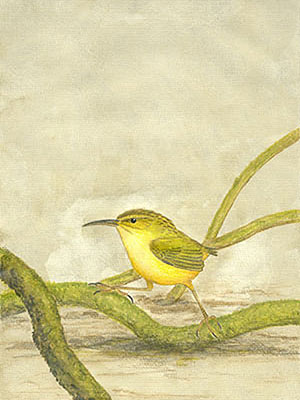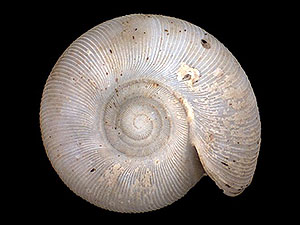The Cook Strait Penguin was only recently discovered during a large-scaled study of subfossil penguin bones collected from many parts of New Zealand and kept in several museums.
The species formerly inhabited the coasts of southern North – and northern South Island and was extirpated by hunting Maori settlers, probably soon after New Zealand was settled by them. [1]
The species has not been described yet, but very likely will soon be.
*********************
References:
[1] T. L. Cole; N. J. Rawlence; N. Dussex; U. Ellenberg; D. M. Houston; T. Mattern; C. M. Miskelly; K. W. Morrison; R. Paul Scofield; A, J, D. Tennyson; D. R. Thompson; J. R. Wood; J. M. Waters: Ancient DNA of crested penguins: Testing for temporal genetic shifts in the world’s most diverse penguin clade. Molecular Phylogenetics and Evolution 1-30. 2018
*********************
edited: 15.01.2019








